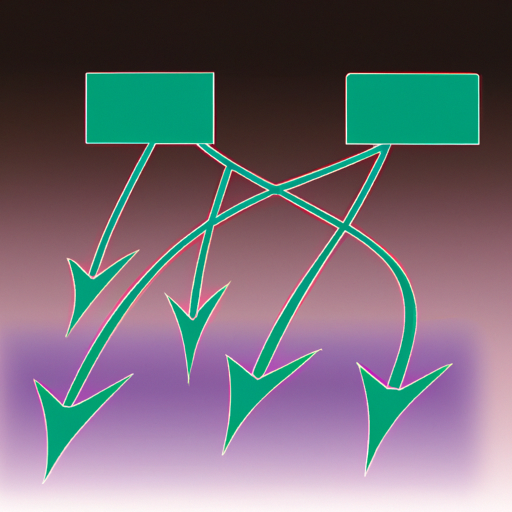Understanding Joint Probability in Artificial Intelligence
Introduction
Artificial Intelligence (AI) has become an integral part of modern business operations, offering advanced capabilities and insights not possible with traditional methods. One fundamental concept in AI is joint probability, which plays a crucial role in machine learning algorithms and decision-making processes.

What is Joint Probability?
Joint probability refers to the likelihood of two or more events occurring simultaneously. In the context of AI, it helps analyze the relationship between multiple variables and enables the development of sophisticated models. By understanding the joint probability of different events, AI algorithms can make more accurate predictions and recommendations.
Applications in AI
Joint probability is used in various ways within AI algorithms:
Bayesian Networks
- Bayesian networks are powerful models that use joint probability to represent uncertain relationships between variables.
- These networks enable AI systems to make probabilistic inferences, which are valuable in scenarios with incomplete or ambiguous information.
- Bayesian networks are widely used in areas such as predictive analytics, risk assessment, and decision support systems.
Predictive Modeling
- In predictive modeling, joint probability helps identify patterns and correlations between different variables.
- By analyzing the joint probability distribution, AI models can predict future outcomes based on given inputs.
- For example, a sales forecasting model may consider the joint probability of factors such as historical sales data, market conditions, and customer demographics to predict future sales volumes accurately.
Recommender Systems
- Recommender systems rely on joint probability to provide personalized recommendations to users.
- By considering the joint probability of user preferences, item characteristics, and historical interactions, AI algorithms can suggest relevant products, services, or content.
- This approach enhances user experience and increases the chances of successful conversions for businesses.
Risk Assessment
- In risk assessment applications, joint probability helps quantify the likelihood of multiple events occurring simultaneously.
- By analyzing the joint probability distribution, AI algorithms can assess the overall risk associated with a particular scenario.
- This capability is crucial in fields such as insurance, finance, and cybersecurity, where understanding the likelihood of multiple events is essential for decision-making.
Benefits of Joint Probability in AI
Understanding joint probability provides several benefits for businesses leveraging AI:
Accurate Predictions
- By considering the joint probability of different events, AI algorithms can make more accurate predictions.
- This enables businesses to anticipate market trends, customer behavior, and potential risks, allowing for proactive decision-making.
Enhanced Decision-Making
- Joint probability helps AI systems provide insightful recommendations and support more informed decision-making.
- By analyzing the relationships between variables, businesses can optimize their strategies, allocate resources effectively, and minimize potential risks.
Personalized Experiences
- With the help of joint probability, AI algorithms can deliver highly personalized experiences to users.
- By considering multiple variables, such as user preferences, past interactions, and contextual factors, businesses can offer tailored recommendations, resulting in improved customer satisfaction and loyalty.
Risk Mitigation
- Quantifying the joint probability of multiple events supports risk assessment and mitigation.
- Businesses can identify potential risks, assess their likelihood, and take proactive measures to minimize their impact.
- This helps protect assets, ensure operational continuity, and maintain a competitive edge.
Conclusion
Joint probability is a fundamental concept in AI that enables businesses to understand the relationships between multiple variables and make accurate predictions. By leveraging joint probability, AI algorithms empower businesses with better decision-making capabilities, personalized experiences, and risk assessment tools. Embracing this concept can unlock significant opportunities and give businesses a competitive advantage in an increasingly data-driven world.